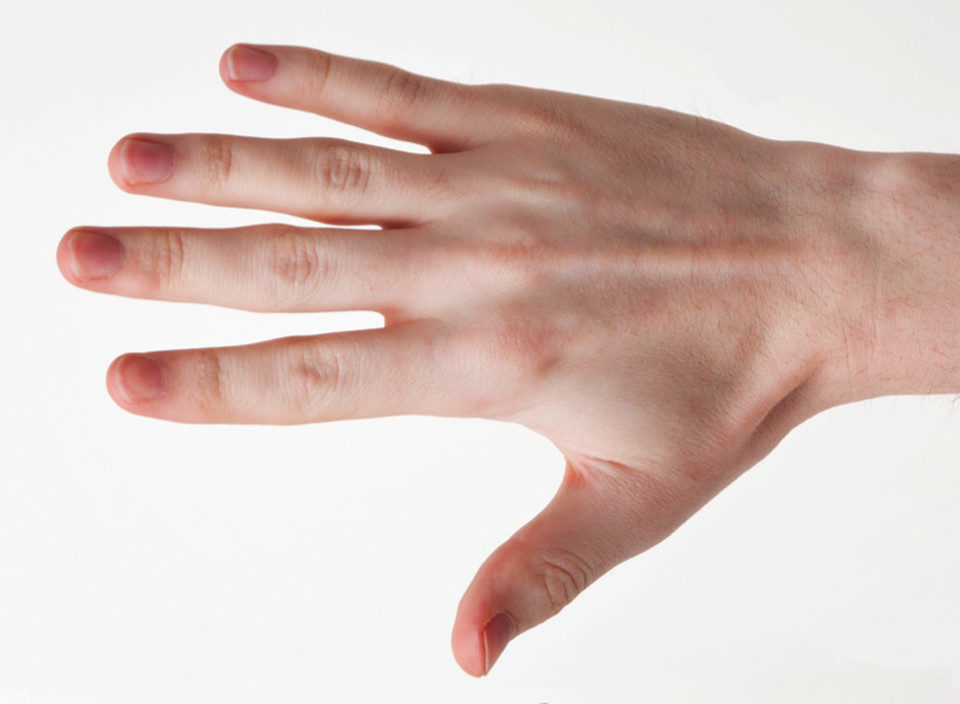Many of us are spending a lot of time looking at our hands lately and we think we know them pretty well. But research from York University's Centre for Vision Research shows
the way our brains perceive our hands is inaccurate.In a new study, the Centre's director Laurence Harris, a Psychology professor in York's Faculty of Health, and graduate student Sarah D'Amour, found the brain's representation of the back of hands changes depending on the orientation in which they are held.
The study published the journal,
Public Library of Science (PLoS ONE) today looked at how accurate healthy individuals are at judging the size of the back and the palm of their hand and how perception of hand size might be affected when viewing the hand in familiar or unfamiliar perspectives.
Using a novel technique that revealed the indivduals' implicit representation of their hands in the brain,
researchers found the perceived width is different when the hand is held upright compared to when it is held sideways, but only for the back of the hand. There was no variation seen in perception for the palm.
In the study of 40 participants, researchers used two sequentially presented actual size photos of the hand, one distorted, one not. The distorted photo was adjusted until it was equally like the person's internal representation as the undistorted photo. The internal representation of their hand was then taken as the point midway between these two photos.
What's surprising, says Harris, is that the perceived length of the back and palm of the hand are different from each other.
The length of the back of the hand is overestimated even though palm length is perceived accurately."These findings are particularly surprising in view of the accuracy shown in positioning the hands when doing complex and precision actions, such as playing the piano or typing on a computer keyboard," said Harris.
There has been extensive research on various aspects of perception and action such as touch, haptics, motor skills, reaching, grasping, pointing, tool use, position sense, and size perception. This is why understanding the complete picture of how the hand is represented in the brain is key, says D'Amour. All these sensory processes and tasks require knowledge about how the brain represents the hand and therefore can be impacted by any size or shape distortions that may occur.
"We see the backs of our hands far more than our palms - and yet it is the backs of our hands that are inaccurately represented in the brain," says D'Amour.
The life-long experiences of directly interacting with and seeing the hands from multiple different viewpoints may result in greater flexibility and plasticity in how the brain represents and perceives the hand, the researchers add.
"These findings imply that the brain's representation of the body is not built up entirely from vision and may not even involve vision at all - even for body parts that are regularly seen," says Harris. "These findings may be extended toward helping people who have extremely distorted perceptions of their own body
- misperceptions that cannot apparently be easily overcome by vision."

Reader Comments